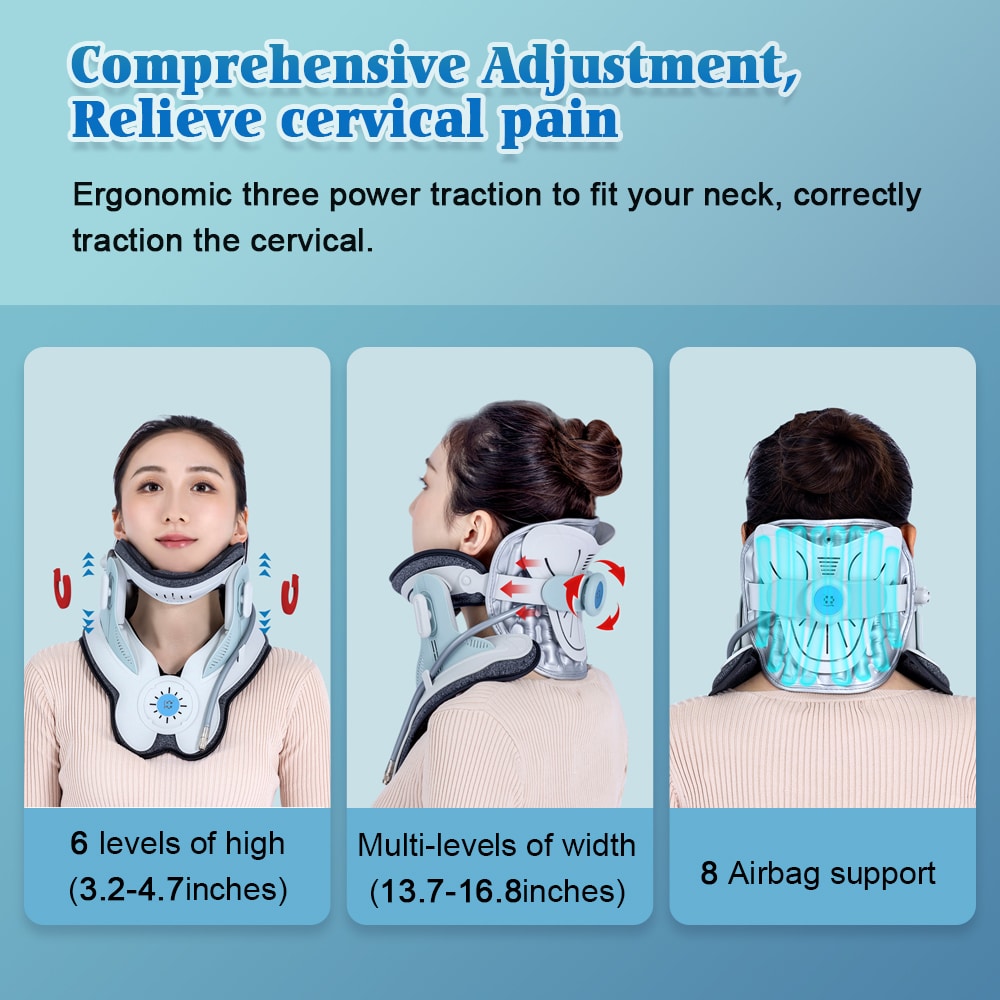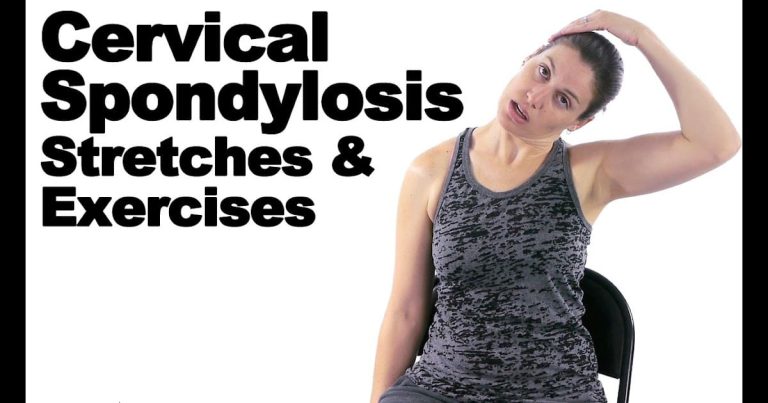How Long Should I Use a Neck Traction Device?
How Long Should I Use a Neck Traction Device?
If you’re dealing with nagging neck pain, pinched nerves, or the discomfort of cervical radiculopathy, you’ve likely heard about neck traction devices. These tools—ranging from inflatable air collars to over-the-door units—can be fantastic for creating space in your cervical spine, relieving pressure, and promoting healing.
But once you have one, the biggest question becomes: How long is long enough, and how long is too long?
Just like any therapy, there’s a “Goldilocks zone.” Too little time might not provide relief, while too much can lead to new problems. Let’s break down the factors that determine the ideal session length and frequency for you.
The Golden Rule: Consult Your Healthcare Provider First
Before we dive into general guidelines, this is the most important step. Your doctor or physical therapist understands your specific condition (e.g., a herniated disc, arthritis, muscle strain) and can prescribe a traction protocol tailored to your needs. The advice below is general and should not replace professional medical guidance.
General Guidelines for Session Length
While everyone is different, most experts and device manufacturers recommend starting with short, gentle sessions.
-
Initial Sessions: Begin with 5 to 10 minutes per session.
-
Gradual Increase: If you tolerate it well with no increased pain, you can gradually work your way up to 15 to 20 minutes per session.
-
Maximum Time: It is rarely recommended to exceed 20 to 30 minutes in a single session.
Why the short time? Traction provides a stretch and decompression that your neck isn’t used to. Overdoing it can strain ligaments and muscles, leading to increased pain and stiffness—the exact opposite of what you want!
It’s Not Just About Time: Factors That Influence Your Duration
The “perfect” length of time depends on several key factors:
-
Type of Device:
-
Over-the-Door Mechanical Traction: These devices typically use weight (like water bags) for traction. Sessions often fall in the 15-20 minute range.
-
Inflatable Air Neck Collars: You pump these manually. Because you control the pressure, sessions can be shorter, often around 10-15 minutes. The pressure is a bigger factor than time here.
-
-
Your Comfort Level: This is your best guide. Mild stretching and a sense of “release” are good. Sharp pain, numbness, tingling, or dizziness are bad. Listen to your body. If you feel any negative symptoms, stop immediately.
-
The Severity of Your Condition: Someone with acute, severe pain might start with very short sessions (5 minutes) with minimal force. Someone using traction for mild, chronic stiffness might comfortably handle a longer session.
-
Frequency (How Often Per Day): Most people find benefit from using their device 1-2 times per day. For example, once in the morning to relieve stiffness and once in the evening to counteract the day’s strain. Never use it more frequently than your healthcare provider recommends.
A Sample Beginner Routine (Check with Your Doctor First!)
-
Week 1: Use the device for 5-8 minutes at a very low force/pressure, once per day.
-
Week 2: If you feel good, increase to 10 minutes once per day.
-
Week 3: You might try 10-15 minutes once per day, or split into two 10-minute sessions (AM/PM).
-
Ongoing: Many users find a maintenance routine of 15 minutes, once a day is sufficient for ongoing relief.
Important Safety Tips and When to STOP
Using a neck traction device incorrectly can be harmful. Keep these tips in mind:
-
Never Fall Asleep: Do not use the device while sleeping. You cannot monitor your body’s response, and this is a common cause of overuse injuries.
-
Start Low and Go Slow: Always begin with the minimum time and the least amount of force.
-
Stop Immediately if you experience:
-
Increased pain (sharp or aching)
-
Radiating pain, numbness, or weakness into your shoulders, arms, or hands
-
Dizziness, lightheadedness, or headache
-
Jaw pain
-
Difficulty swallowing or breathing
-
The Bottom Line: Quality Over Quantity
The goal of neck traction is gentle, gradual decompression. It’s not a marathon. Consistent, short sessions are far more effective and safer than infrequent, very long ones.
Think of it like stretching a tight muscle—you wouldn’t hold a deep stretch for 30 minutes the first time you try it. Your cervical spine deserves the same careful approach.
Find the sweet spot where you feel a gentle stretch and relief without any negative after-effects. And remember, your path to a pain-free neck is best navigated with the help of a medical professional.
Disclaimer: This article is for informational purposes only and does not constitute medical advice. The information contained herein is not a substitute for and should never be relied upon for professional medical advice. Always talk to your doctor or physical therapist before starting any new treatment or therapy, including neck traction.







